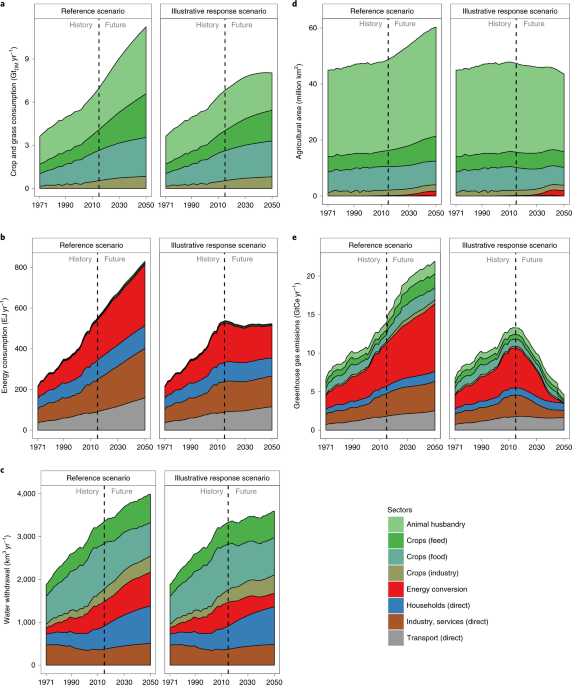
- Select a language for the TTS:
- UK English Female
- UK English Male
- US English Female
- US English Male
- Australian Female
- Australian Male
- Language selected: (auto detect) - EN
Play all audios:
“Perhaps the most powerful tool is to slow down the process, so the customer is not feeling fear from the pressure to act,” says Jilenne Gunther, national director of BankSafe. “We shift the
fear to the perpetrator that we may be on to them — and we are.” A study by AARP and the Virginia Tech Center for Gerontology found that in the six months after undergoing BankSafe
training, employees at 500 branches in 11 states prevented fraud losses of nearly $1 million. The trained tellers reported five times as many suspicious incidents and saved older clients 16
times more money over the test period compared to a control group of untrained colleagues. AARP plans to add courses in early 2022 for other businesses in a position to flag potential fraud,
such as retailers selling gift cards, firms processing wire transfers, and postal and delivery services, Gunther says. She attributes much of the program’s success to using machine learning
— computer algorithms that analyze and find patterns in large amounts of data and continually get better at it — to scrutinize financial transactions. “The industry has made a lot of
improvement with technology to flag suspicious activity,” she says. “We need to continue to develop artificial intelligence to better detect red flags.” “This is a problem that could be
solved with technology,” says Liz Loewy, a former chief of the elder abuse unit in the Manhattan District Attorney’s Office and a cofounder of EverSafe, a company that offers financial
monitoring tools aimed at protecting older adults. EverSafe’s products employ algorithms to detect unusual or erratic financial activity across users’ bank and other accounts and notify them
or their loved ones. “Education is important,” Loewy says, “but it needs to be combined with enhanced analytics.” REPORTING LAGS In one area spotlighted by the CFPB — sharing information
with authorities that can initiate investigations and prosecutions — progress is less clear. Federal law requires financial institutions to specify when the suspicious activity reports
(SARs) they file with the government involve possible elder financial abuse. But less than a third of incidents that generated SARs from 2013 to 2017 were reported to law enforcement or
regulatory authorities, according to a 2019 CFPB report. Financial institutions are legally liable for losses resulting from credit and debit card fraud but not for withdrawals a customer
makes on their account, even if they are the product of scams or financial abuse. “They may not do SARs reporting if the consumer had a loss, if it's seen as an authorized transaction,”
says Kathy Stokes, director of AARP’s fraud prevention programs. Amy Mix, chief of the elder justice section in the Washington, D.C., attorney general’s office, says she is seeing more
active cooperation between financial institutions and Adult Protective Services since the period covered in the CFPB study. “We have seen a major uptick in reports over the last three to
five years,” she says. But Stokes contends the problem will persist until financial institutions share liability for financial exploitation and victims are no longer blamed. “Banks are
really good at realizing a fraudulent transaction on a credit or debit card because it’s their loss,” she says. “As long as the financial institution bears no responsibility for somebody who
loses all their money because they were coerced, it will never change, and people will continue to lose their money.” _John Rosengren is a Pulitzer nominee whose articles have appeared in
_The Atlantic_, _The Atavist_, _The New Yorker_, _Sports Illustrated_ and _The Washington Post Magazine_. His novel _A Clean Heart_ was published in the spring of 2020._









